Exploring the Benefits of ABA Therapy for Autism in Early Childhood
Understanding the Power of ABA Therapy for Young Autism Support
Introduction
Early childhood is a crucial period for intervention in children diagnosed with Autism Spectrum Disorder (ASD). Among the various therapeutic approaches, Applied Behavior Analysis (ABA) has emerged as a leading, evidence-based practice. With a focus on modifying behavior patterns and enhancing communication and social interaction, ABA Therapy is not only scientifically grounded but also highly adaptable to meet individual needs. This article delves into the multifaceted benefits of ABA therapy for young children, highlighting why early intervention can be pivotal for long-term developmental success.
What is ABA Therapy for Autism?
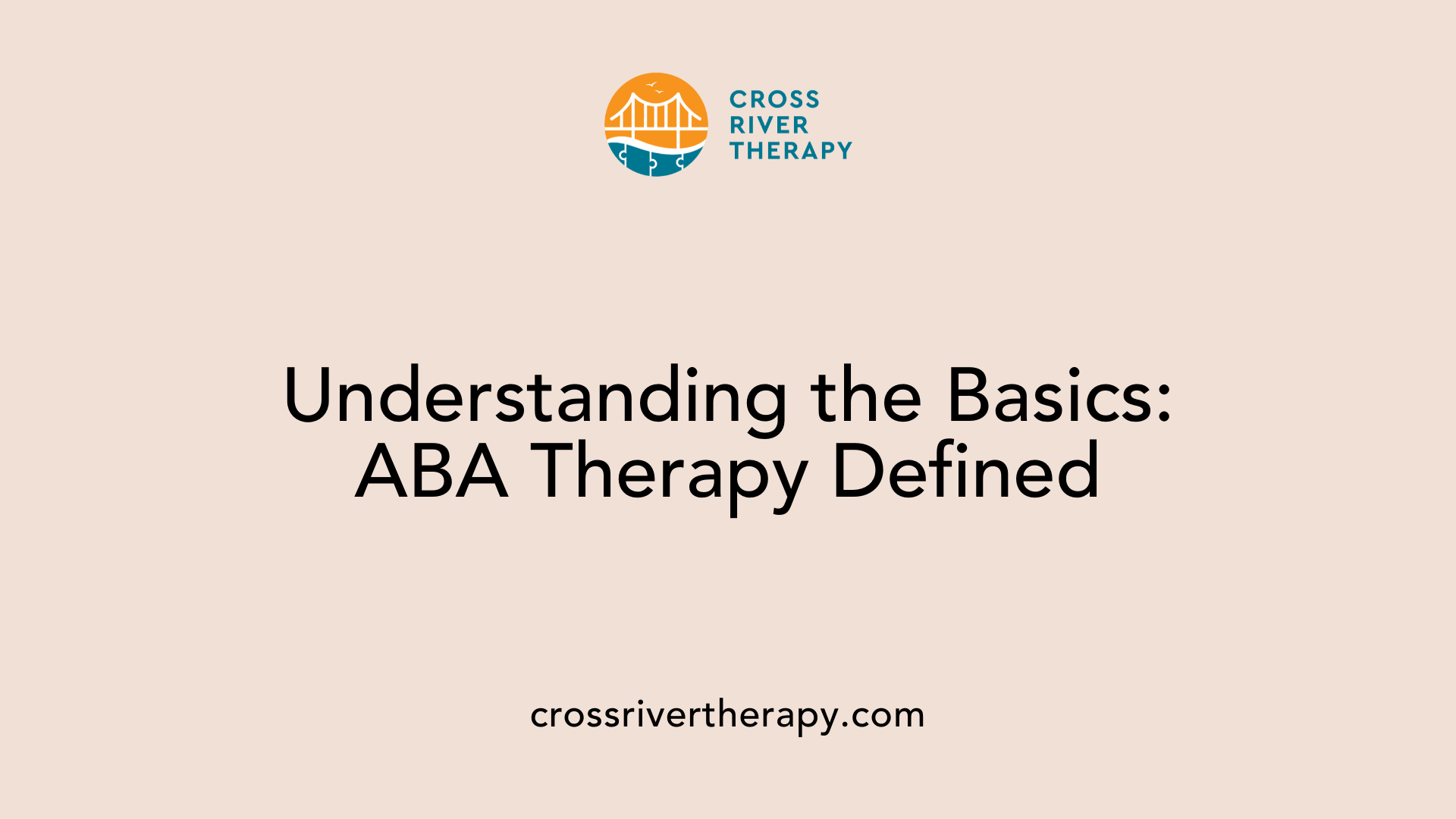
Definition and purpose of ABA therapy
Applied Behavior Analysis (ABA) therapy is a comprehensive and structured approach aimed at supporting individuals with Autism Spectrum Disorder (ASD). The primary objective is to increase positive behaviors while reducing negative ones.
ABA focuses on essential skills such as communication, social interaction, and daily living abilities. Children engage in tailored interventions, which leverage techniques like positive reinforcement and direct instruction, promoting skill development and improving overall functioning. By customizing therapy to each child's unique needs, ABA ensures that interventions are relevant and effective, using ongoing assessments to adapt treatment plans as necessary.
Evidence-based practices
Recognized as a gold standard in autism treatment, ABA therapy is firmly rooted in scientific research and evidence-based practices. Extensive studies—over 40 years of research—support its effectiveness in significantly enhancing various skills for children with autism.
Early and intensive ABA intervention correlates with better long-term outcomes in cognitive, social, and language skills. Research has shown that starting ABA therapy before the age of six can maximize the benefits of treatment, given the brain's heightened receptiveness during this critical developmental period.
Overall, ABA therapy is a vital tool in helping children with autism achieve increased independence and a better quality of life, helping them navigate everyday challenges and interactions more effectively.
How ABA Therapy Helps Young Children with Autism
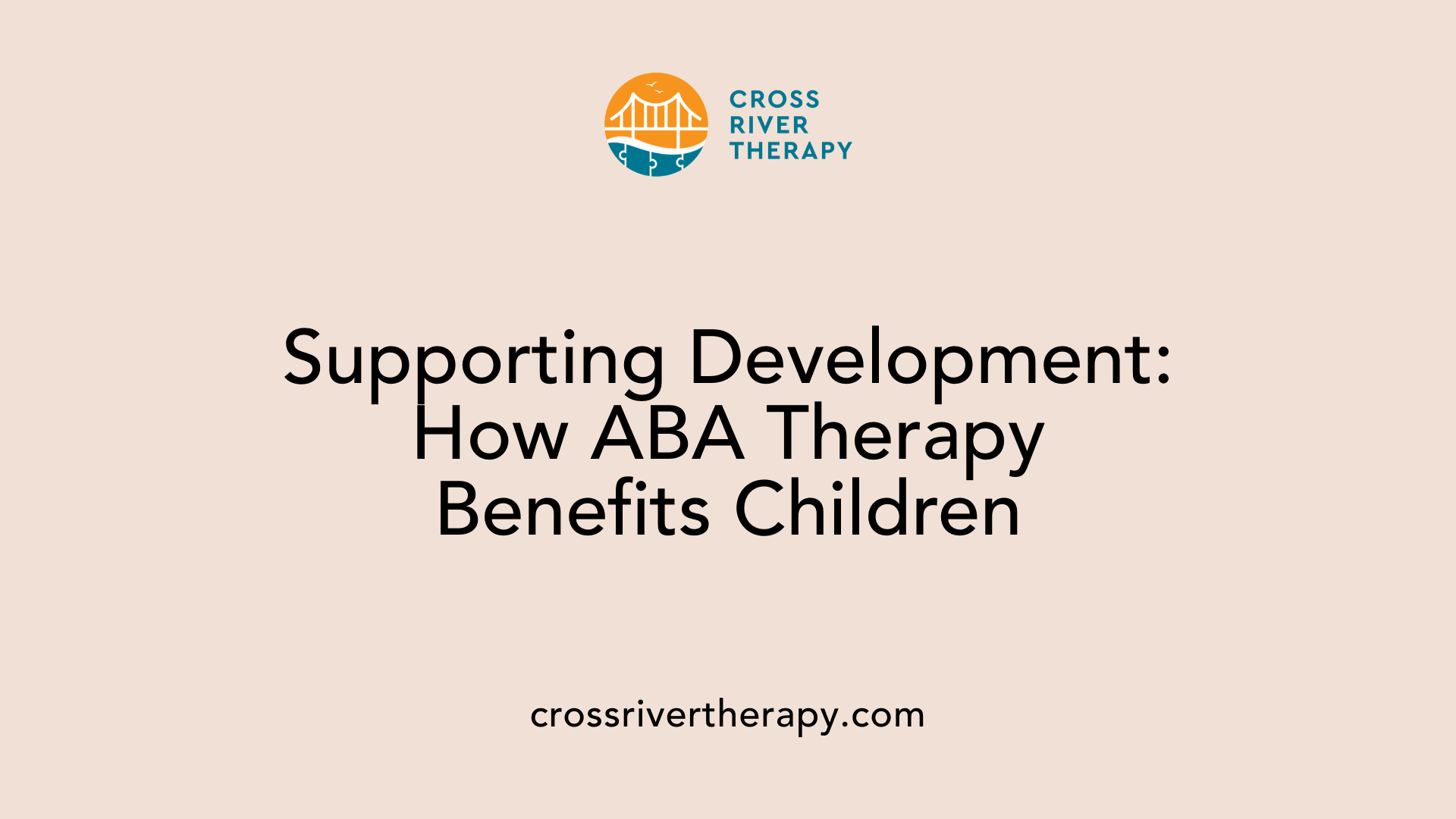
How does ABA therapy help children with autism?
ABA therapy, or Applied Behavior Analysis, is designed to support children with Autism Spectrum Disorder (ASD) by applying scientific principles of learning and behavior. This therapy primarily aims to enhance skills that are crucial for everyday living. It achieves this by:
- Increasing beneficial behaviors: Focused efforts to improve communication, social skills, and language understanding.
- Decreasing harmful behaviors: Strategies are in place to reduce actions that may be disruptive or harmful.
- Individualized support: Each treatment plan is tailored by board-certified behavior analysts (BCBAs) to cater to the unique needs of the child, ensuring effectiveness.
- Positive reinforcement: This technique encourages children to repeat desirable behaviors by rewarding them when they engage in desired actions.
Strategies and techniques used in ABA
ABA therapy utilizes a range of proven strategies to facilitate learning:
- Positive Reinforcement: Rewarding desired behaviors increases their frequency.
- Structured Instruction: Engaging methods like games and visual aids make learning more accessible and enjoyable.
- Direct Teaching: Skills such as personal hygiene and dressing are taught in a step-by-step manner.
- Group Therapy: Children practice social skills through interactions with peers in a supportive environment.
Impact on children's development
The impact of early and intensive ABA intervention on children with ASD can be profound, leading to significant improvements, such as:
| Skill Area | Benefits of ABA Therapy | Long-Term Outcomes |
|---|---|---|
| Communication | Enhanced language skills | Better social interactions |
| Social Skills | Improved ability to engage with peers | Stronger friendships and relationships |
| Self-Care | Mastery of personal hygiene | Increased independence |
| Emotional Regulation | Healthy coping strategies for frustration | Improved emotional well-being |
Research supports that the earlier children receive ABA therapy, especially before age six, the more effectively they can develop essential life skills, understand social cues, and adapt to real-world situations as they grow. This not only benefits the children but also enhances quality of life for their families.
The Significance of Early Intervention
What are the benefits of early intervention for children with autism?
Early intervention for children with autism offers numerous advantages, particularly by addressing developmental skills before the age of three. One of the main benefits includes improved socialization and communication abilities, which assist children in forming friendships and expressing their needs effectively. Structured therapies like applied behavior analysis (ABA) play a critical role in achieving these outcomes.
Additionally, early intervention helps in managing behavioral challenges, significantly reducing the frequency of meltdowns by teaching coping mechanisms. By developing essential life skills tailored to each child's unique strengths, children become better equipped for academic success, personal independence, and engaging in daily life tasks.
This proactive approach does not just focus on the child; it also has a positive ripple effect on family dynamics. Parents obtain vital resources and strategies to better support their child's needs, enhancing the overall quality of life for both the child and the family.
Long-term outcomes
Research indicates that starting ABA therapy at an early age can lead to substantial long-term benefits, including gains in cognitive, social, and language skills. Children who engage in intensive therapy—often around 40 hours per week—demonstrate significant improvements in adaptive behaviors, helping them assimilate better within society. In fact, studies show that those with lower baseline skills can achieve remarkable progress, leading to better health and social outcomes as they mature.
In summary, early intervention through ABA therapy not only fosters immediate skill development but also lays the groundwork for a brighter future, enabling children with autism to thrive in various aspects of life.
Common Techniques and Strategies in ABA Therapy
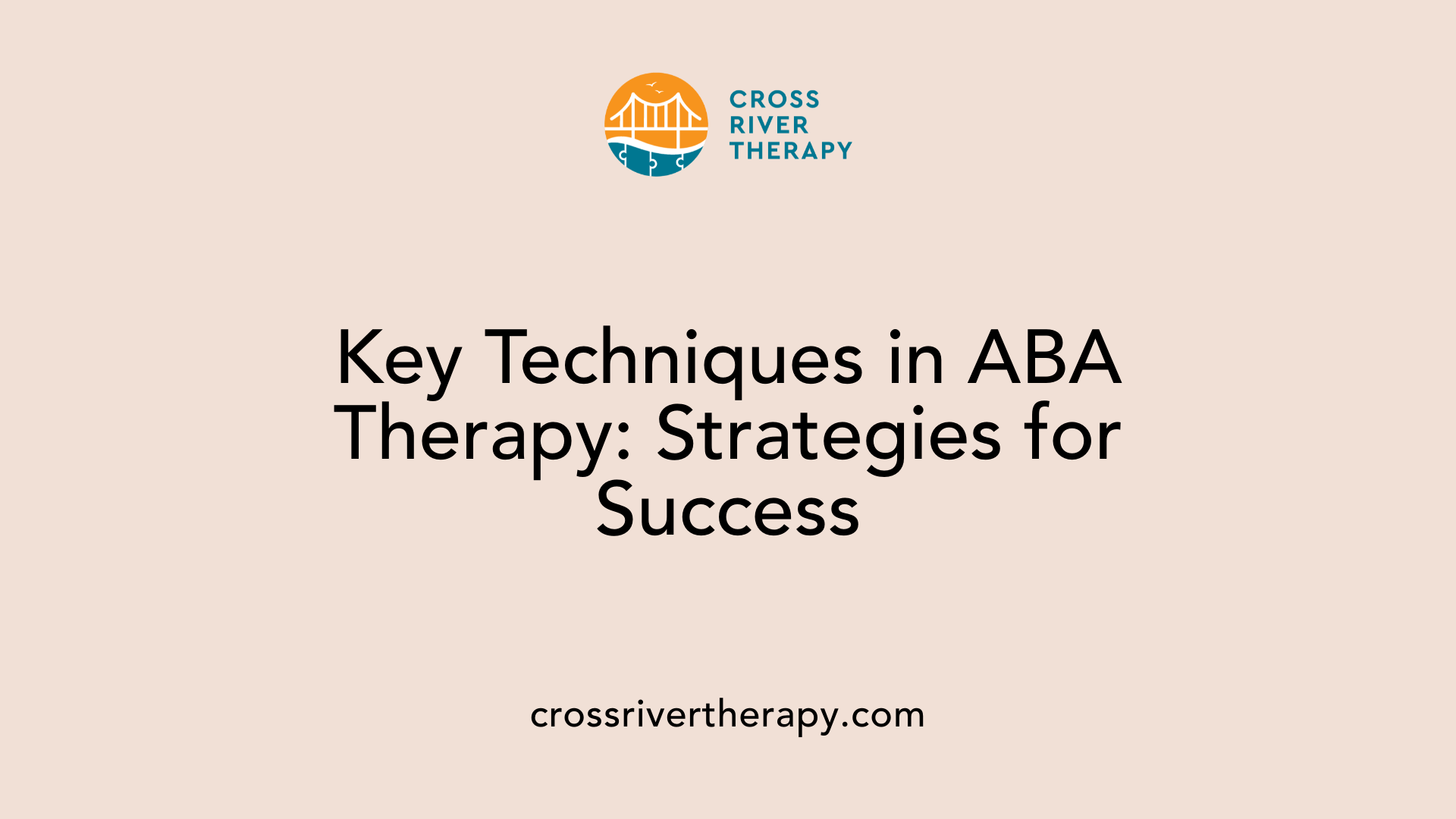
Overview of techniques like Positive Reinforcement
Applied Behavior Analysis (ABA) therapy utilizes a range of scientifically-backed techniques to help children with Autism Spectrum Disorder (ASD) develop essential skills and reduce challenging behaviors. One of the cornerstone strategies in ABA is Positive Reinforcement. This technique involves rewarding desired behaviors to increase their likelihood of occurrence in the future. For instance, a child may receive praise or a small reward for completing a task, motivating them to repeat that behavior.
Other prevalent strategies in ABA include Discrete Trial Training (DTT), which breaks down complex skills into smaller, manageable components. This method uses positive reinforcement for correct responses, thereby reinforcing learning. Antecedent-Based Interventions aim to modify the environment to prevent triggers that lead to undesired behaviors, while Functional Communication Training (FCT) teaches appropriate communication methods to substitute problematic behaviors.
Effectiveness in skill development
Research underscores the effectiveness of these ABA techniques in enhancing skill development among children with ASD. Techniques such as modeling, where behaviors are demonstrated for imitation, and prompting and fading, help support skill acquisition while fostering independence. Other innovative methods like video modeling leverage visual learning to enhance behavioral insight. By using a structured approach, ABA therapy adeptly fosters improvements in communication, social skills, and daily living activities, helping children navigate their environments more effectively.
In summary, ABA therapy's multifaceted techniques not only promote significant behavioral changes but also empower children with autism to achieve their full potential.
Examples of ABA Therapy Approaches
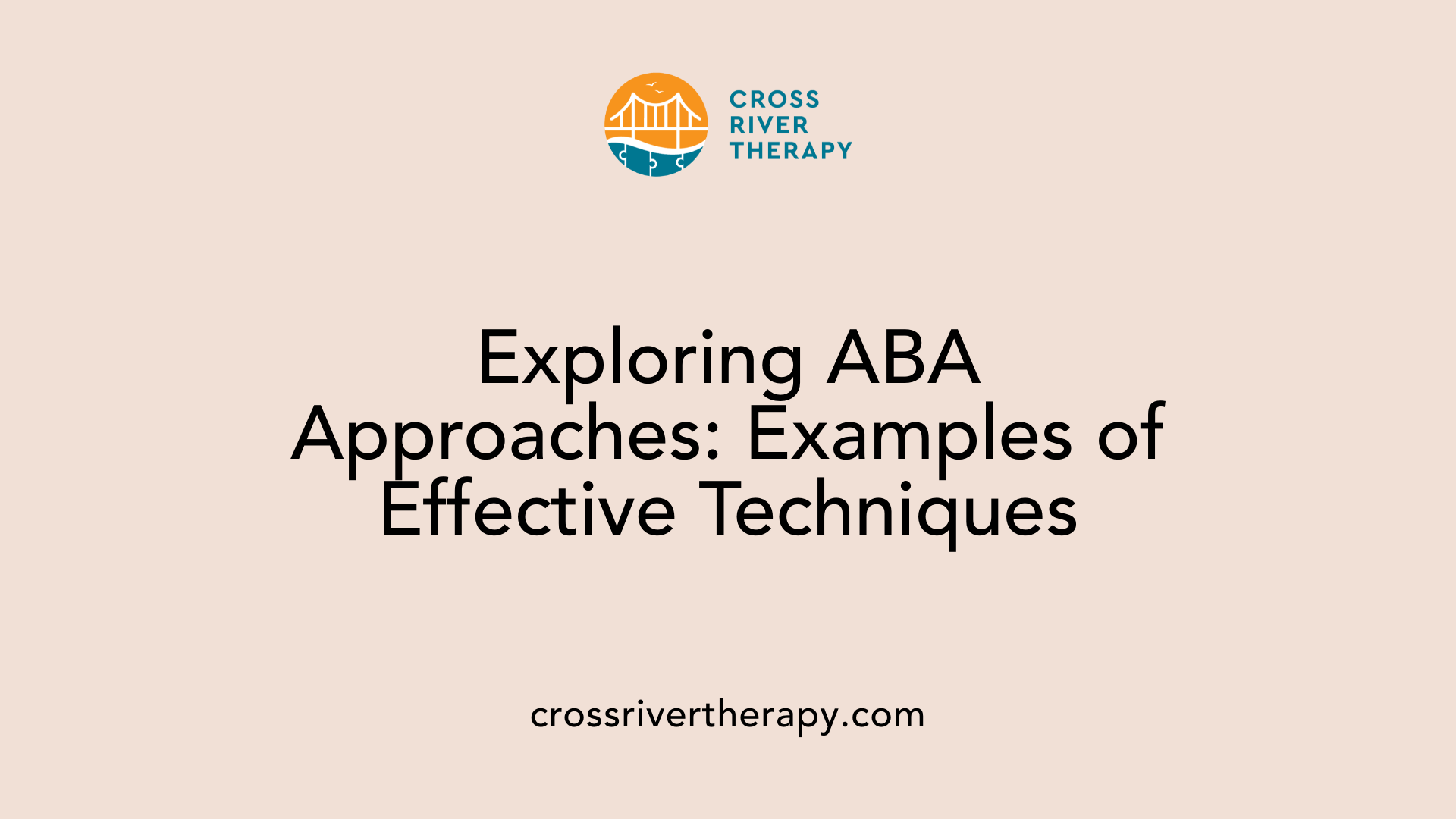
What are some examples of ABA therapy?
ABA therapy encompasses a wide range of techniques aimed at enhancing skills in communication, behavior, and motor functions among children with Autism Spectrum Disorder (ASD). Here are some prominent approaches:
Discrete Trial Training (DTT): This structured technique breaks down skills into small, manageable tasks, using reinforcement to encourage learning. Each step is taught systematically, providing clear cues and rewards.
Picture Exchange Communication System (PECS): Ideal for non-verbal individuals, PECS utilizes pictures to facilitate communication. Children learn to exchange images for objects or actions, fostering a means of expression.
Modeling: This strategy involves demonstrating desired behaviors to the child. By observing an adult or peer engaging in a behavior, the child learns how to replicate it.
Functional Communication Training (FCT): FCT replaces inappropriate behaviors with appropriate communication methods. For instance, if a child typically throws a tantrum to express frustration, therapists teach them to ask for help instead.
Pivotal Response Training (PRT): This method focuses on enhancing pivotal behaviors that can lead to improvements across various skills, including communication and social interactions. For example, it encourages motivation and response to cues.
Other techniques include redirection to guide behavior positively and scripting to prepare individuals for social situations by teaching them specific responses or phrases to use. Each of these methods is tailored to meet the individual needs of the child, ensuring relevance and effectiveness in treatment.
Beyond Autism: Broader Applications of ABA Therapy
Is ABA therapy only for autism?
ABA therapy is widely recognized for its effectiveness in treating individuals with Autism Spectrum Disorder (ASD), but its applications extend far beyond this demographic. The principles central to Applied Behavior Analysis can be adapted to assist those with varying disabilities. These can include children and adults with ADHD, intellectual disabilities, anxiety disorders, and even individuals recovering from traumatic brain injuries.
Flexibility and Adaptability of ABA Therapy
One of the major strengths of ABA therapy lies in its flexibility and adaptability.
- Positive Reinforcement: This foundational concept encourages the repetition of desirable behaviors through rewards.
- Skill Development: ABA can be tailored to teach practical skills ranging from communication to social interaction and academic skills.
The methodology can be utilized across various settings, such as:
| Setting | Potential Uses | Benefits |
|---|---|---|
| Education | Tailored classroom interventions for focus and learning | Improved academic performance |
| Healthcare | Support for patients in developing healthy routines | Enhanced patient compliance |
| Sports Psychology | Cultivating mental resilience and skill acquisition | Better performance outcomes |
| Home Environments | Behavior management and family engagement strategies | Improved family dynamics |
Although some might associate ABA strictly with autism, the broad framework of behavior analysis offers valuable insights for anyone needing behavioral support. This adaptability allows ABA therapy to remain relevant in varied contexts, continually evolving to meet individual needs.
The Controversy and Safety of ABA Therapy
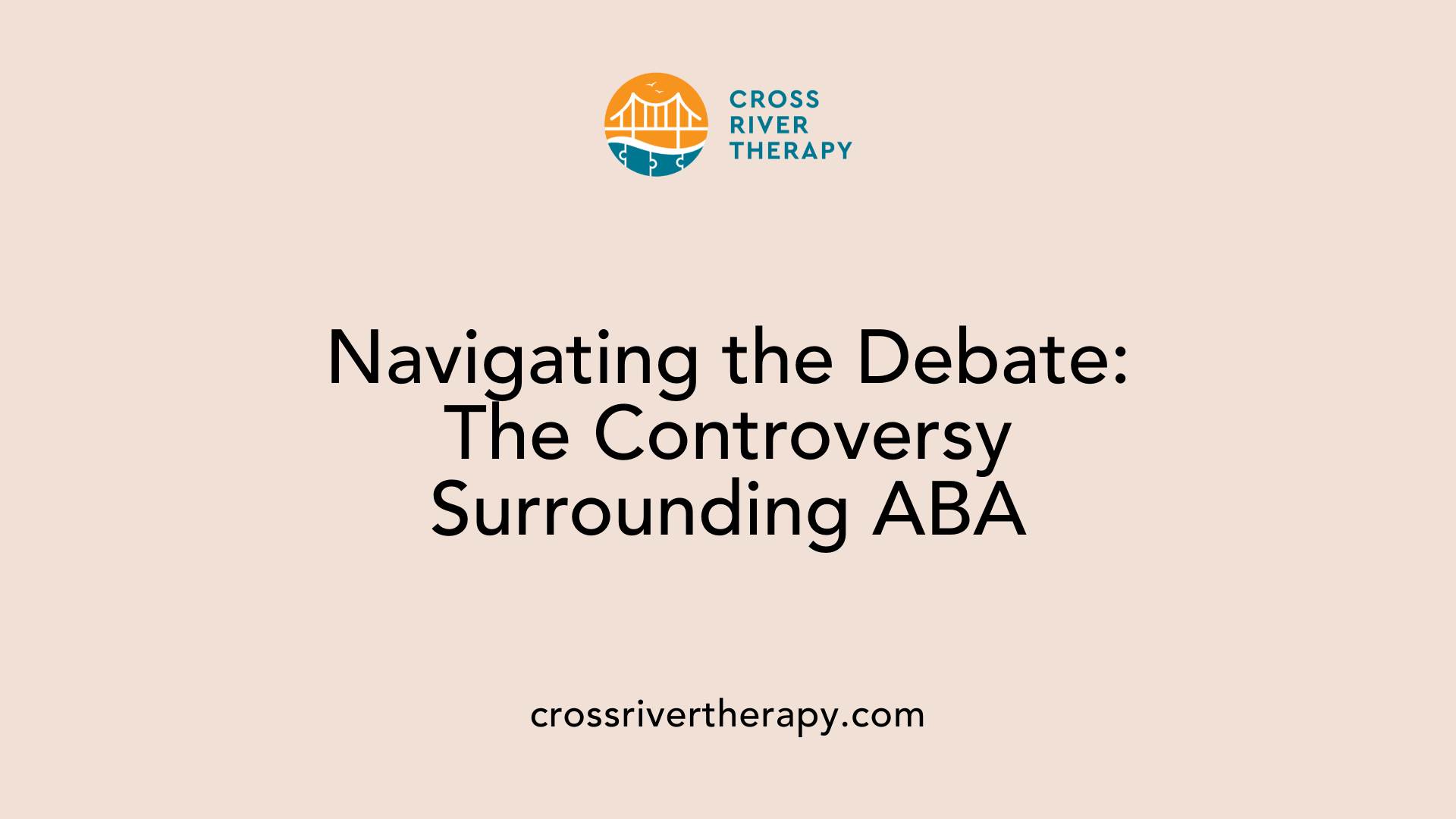
Is ABA therapy harmful?
ABA therapy has been a subject of ongoing debate within the autism community. While it is widely recognized as an effective method for supporting skills development in children with Autism Spectrum Disorder (ASD), there are criticisms regarding its traditional practices. Detractors argue that old-school ABA techniques can be overly rigid, emphasizing conformity to neurotypical standards at the cost of a child’s individuality. In some cases, this approach may lead to emotional distress, increased anxiety, and stress, especially when techniques perceived as harsh are applied.
Advancements in practice
Despite these criticisms, many advocates for ABA therapy suggest that recent advancements have shifted the focus toward a more respectful and individualized approach. Modern ABA has adapted to incorporate engaging methods that consider a child's personal strengths and challenges. Utilizing strategies like positive reinforcement helps create a more supportive learning environment, aimed at enhancing communication and social skills without neglecting emotional wellbeing.
Safety concerns and respectful implementation
Ultimately, the safety and suitability of ABA therapy can vary significantly from one child to another. It is crucial for parents and practitioners to work closely in assessing individual needs and ensuring that the therapy is implemented respectfully. By fostering an environment of understanding and support, ABA can promote positive outcomes without compromising the dignity or individuality of the child.
Addressing Social Skill Difficulties through ABA Therapy
How can ABA therapy address social skill difficulties in children with autism?
ABA therapy is particularly effective in tackling social skill difficulties in children with autism by providing structured approaches designed to enhance their social interactions. The therapy utilizes visual schedules and social stories, enabling children to understand and anticipate changes in their environment. This predictability is crucial, as it reduces anxiety that may arise from unfamiliar situations.
Gradual exposure to new social scenarios is another core component of ABA therapy. This step-by-step method allows children to adapt in a controlled manner, ultimately fostering resilience and confidence in their ability to interact with peers.
Positive reinforcement is a significant aspect of ABA, encouraging children to engage socially. When desired social behaviors are rewarded, children become more motivated to repeat these behaviors, leading to improved social skills over time.
What is the role of environment and parent involvement?
The environment plays a vital role in the success of ABA therapy. By integrating therapy into natural settings, such as home or school, children learn to apply social skills in real-life situations. Such immersive experiences are crucial for practical application and retention of learned skills.
Parent involvement further enhances the effectiveness of ABA therapy. When parents collaborate with therapists, they can reinforce strategies at home, ensuring consistency in approach and expectations. This collaborative effort allows for a personalized treatment plan that caters to each child's unique traits, thereby maximizing the potential for improvement in social interactions.
In summary, through structured techniques and family involvement, ABA therapy effectively addresses social skill difficulties, empowering children with autism to build meaningful connections.
Conclusion
ABA therapy has proven itself as a pivotal tool in aiding young children with autism, making it a cornerstone of early intervention strategies. Through its evidence-based methods, ABA not only addresses the core symptoms of autism but also fosters an environment of growth for children, families, and the community. While debates around its traditional practices continue, modern adaptations emphasize patient-centered approaches. As we deepen our understanding and refine our techniques, ABA therapy remains an invaluable resource in guiding children with autism toward reaching their full potential. Its impact on improving communication, behavior, and life skills is monumental, underscoring its significance as a transformative therapeutic approach.
References
- 6 Life-Changing Benefits of ABA Therapy for Children with Autism
- Applied Behavior Analysis (ABA) | Autism Speaks
- Preschool for Autism With The Help of ABA Therapy: A Complete ...
- Exploring the Importance of ABA Therapy for Autism | All Star ABA
- Exploring the Benefits of Applied Behavior Analysis.
- The Importance of Early Intervention with ABA Therapy
- Benefits of ABA Therapy for Children | AB Spectrum



